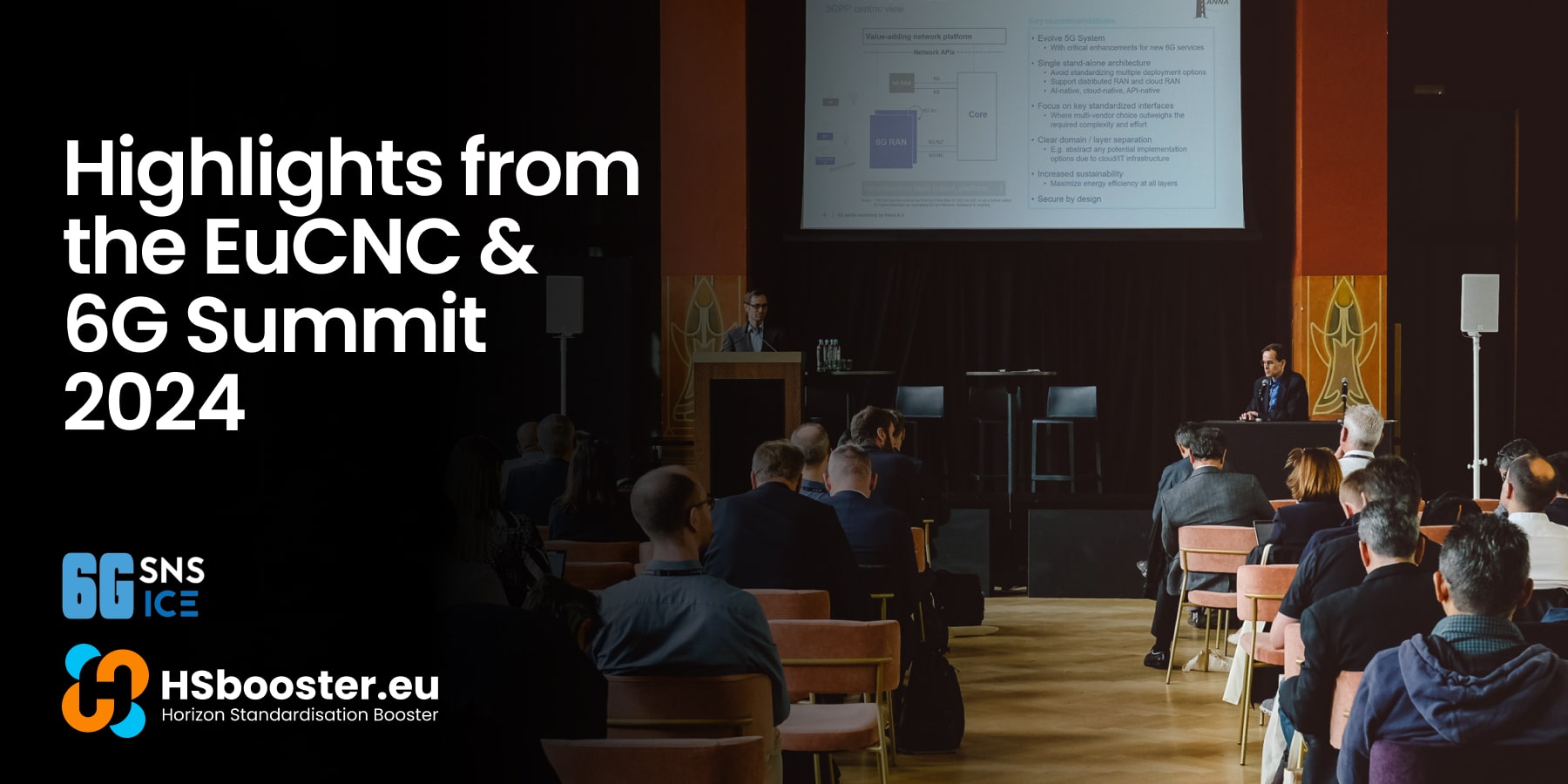
The 2024 EuCNC & 6G Summit builds on putting together two successful conferences in the area of telecommunications: EuCNC (European Conference on Networks and Communications), supported by the European Commission, and the 6G Summit, originated from the 6G Flagship programme in Finland, one of the very first in its area. The conference focuses on all aspects of telecommunications, ranging from 5G deployment and mobile IoT to 6G exploration and future communications systems and networks, including experimentation and testbeds, as well as applications and services. It brings together cutting-edge research and world-renowned industries and businesses, globally attracting more than 1,300 delegates and exhibitors from more than 40 countries all over the world in the last few years.
5G/6G and the European Commission Vision
The 2030 Digital Compass embeds the EC's vision for the next few years and where its resources will be allocated accordingly. This includes investing in ICT specialisation and basic digital skills, online public services (e.g. eHealth, digital identity), connectivity infrastructures (including semiconductors and cloud-edge-IoT applications), and business opportunities for tech uptake. 5G-6G technologies are part and parcel of this process to fulfil the 2030 Digital Decade. In particular, they are essential to ensure industrial leadership, accomplish societal, sustainable development goals (e.g. security by design, sustainability by design and human-centric applications), strategic autonomy and sovereignty. It is, therefore, essential to seize this window of opportunity to keep track of the envisioned accelerating pace of technological development. In this context, technical consensus and interoperability are crucial in developing a global approach to broadband technologies. These efforts must see participation from big industrial actors, SMEs and EU-funded projects, particularly SNS JU, co-run by 6G-IA and the EC.
6G Vision and Challenges
The underlying idea for developing 6G is to meet the increasing connectivity challenges posed by 5G-enabled use cases to optimise their functioning further. The final vision is a network computing fabric integrating digital and physical reality. This integration provides intelligence and ever-present sensitivity. Therefore, interoperability between technology providers (broadband, intelligent machines, software applications) is needed. This should allow the development of a human-centric internet of senses and meet sustainability goals. As these applications are improved, developing 6G applications will be essential. However, to build 6G capability, many technological challenges must be met to push beyond traditional eMBB 5G functionalities. In this context, specialised applications such as complementary sub-THz broadbands are essential to provide the necessary capacities. Just as important is the creation of advanced sensors capable of measuring, predicting and simulating behavioural patterns through AI-enabled algorithms elaborating large datasets. A third challenge concerns energy-optimised devices - today enabled by energy-harvesting radio applications - that must be massively deployed to minimise environmental impacts.